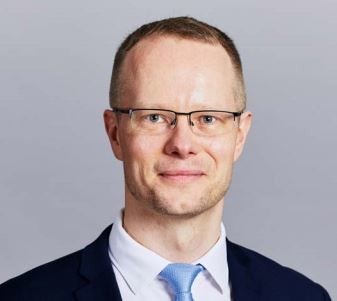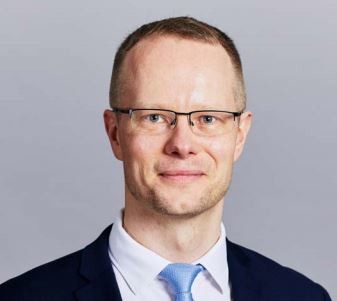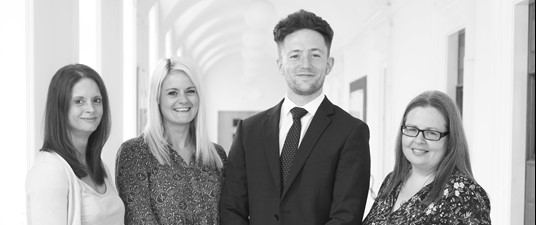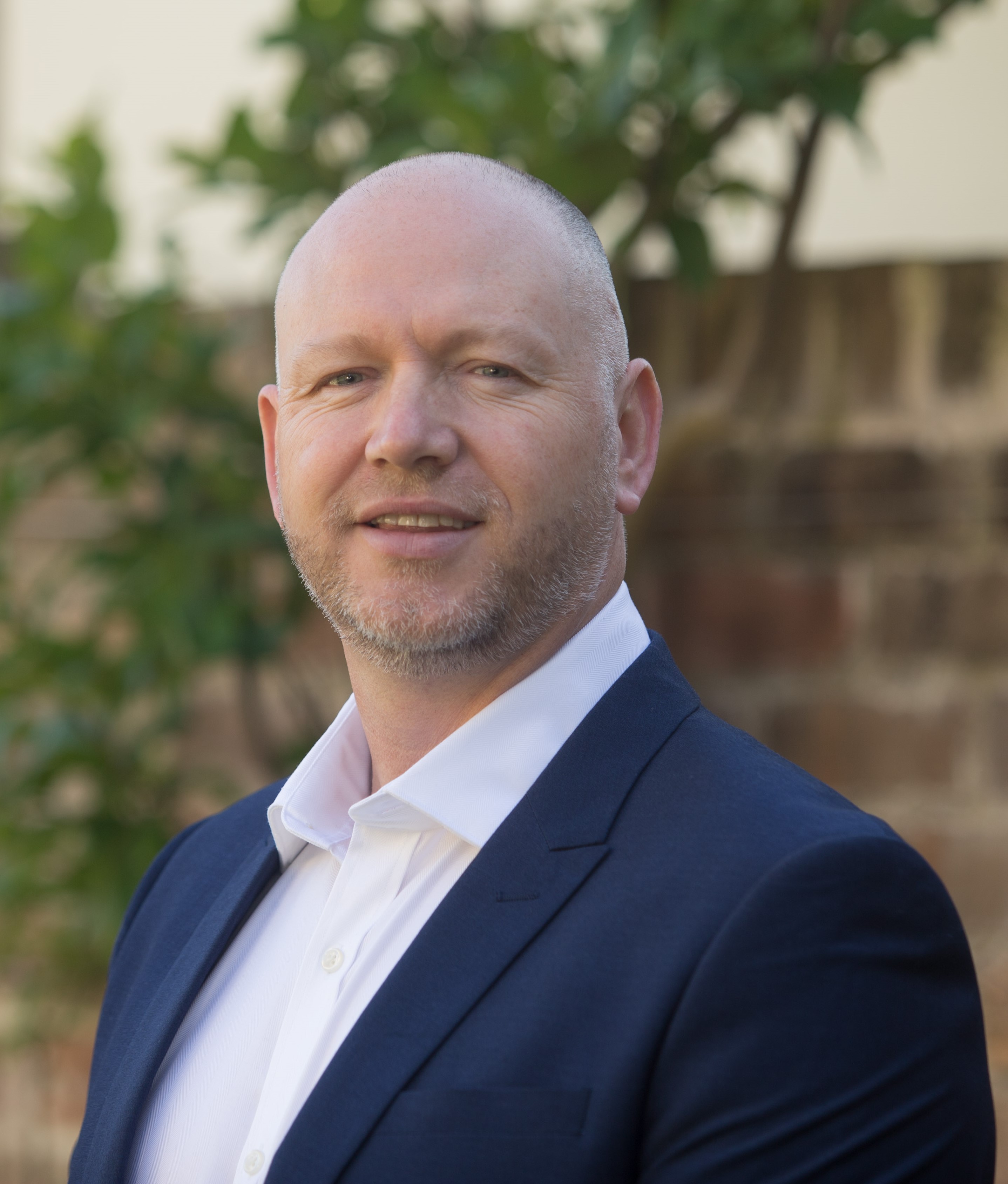Toni Villanen, CMIRM: Director, Risk Advisory, Alvarez & Marsal
Toni Villanen, CMIRM

Director, Risk Advisory
Alvarez & Marsal
Toni has recently successfully undertaken the Senior Executive Route (SER).
The Senior Executive Route to IRM Certification is designed for senior risk professionals who wish to have their skills and knowledge in Enterprise Risk Management (ERM) formally acknowledged by the leading risk management institute. It is aimed at risk management professionals with at least 8 years' experience, and allows them to demonstrate a parity of understanding and experience with Certified Members and Certified Fellows who have studied the Institute's International Diploma in Enterprise Risk Management.
How did you get your job?
‘All roads lead to Rome’ – in retrospect, it is rather easy to connect the then seemingly disjointed dots that have led me to first appreciate the science and art of risk management, and later turning it into a career.
At an earlier stage of my career I was involved in the software start-up world. In addition to the entrepreneurial touch points with risk – being involved in rather risky decisions and attracting risk capital – I got an opportunity to develop a digital Board work environment concept. This allowed me to work with numerous Board professionals, getting a glimpse of how they view risk management and its importance to stewardship, strategy and decision making. It left me with a great deal of curiosity.
I then went on to do my Master’s, diving deeper into the theoretical crossroads of risk management, management control systems, statistics and corporate finance.
With an aim at taking my fresh Master’s degree and entering either investment banking or private equity, I found myself witnessing the first signs of the financial crisis and subsequently the drying up of the desired job market. This led to a myriad of ‘why’ questions, and seeking answers to those through both a Thesis project and joining Deloitte’s Enterprise Risk Services. However, even after few years a risk consultant, some of these questions remained unanswered, and new ones came to surface.
I was then lucky enough to get a chance to join an international airline at the midst of restructuring and a series of ‘do or die’ long-term decisions over business model, outsourcing, network expansion, fleet acquisition, intra-alliance JVs and airport development to name a few. This gave me a unique chance to integrate risk into core management processes pre and post decision, and to lead the required change hands on. Having spent years in this ‘catalyst’ role, and having delivered an ambitious development roadmap, I found myself with a set of new questions and wanted therefore continue broadening my horizons.
With the financial crisis as a background canvas for my career switch, I couldn’t resist an opportunity to join Alvarez & Marsal, a leading restructuring and corporate turnaround firm well-known for handling cases like Lehman Brothers and Arthur Andersen. A&M was uniquely placed to understand both the cost and the root causes of risk management failures in global scale (through notable cases such as), and supporting the expansion of their services into the proactive risk advisory space seemed like an ideal match. I haven’t looked back.
What’s a typical day like as a Risk Advisory Director?
My main agenda is to work hands on with our clients’ CROs and key decision makers to solve urgent challenges around risk management. More often than not this means travel, and it is not too uncommon for me to be in three to four different countries per week. When these delivery responsibilities are combined with ones associated with business development and practice improvement, there really isn’t a typical day to lay out. And that is only a positive!
What do you enjoy most about your job?
The fact that our team’s work has a genuine meaning. Clients do not come to us for ‘tick-the-box’ support, but to tackle a burning platform or get unbiased support for the making and implementing a major business decision. It gets you out of the bed in no time, every morning.
What are the challenges?
Clearly there is no one-size-fits-for-all playbook solution that would with the nature of our work. Hence getting quickly into the root causes of problems and developing pragmatic and implementable solutions against often a very tight deadline can indeed be an uphill battle, but a source of excitement as well. As the required results cannot be achieved by simply providing a polished report, one has to be ready to lead change hands on and that can at times be messy and sweaty. These unique conditions can, at times, create challenges for talent acquisition as well.
Why did you want to go through the IRM's Senior Executive Route?
IRM certifications are highly regarded and so I saw value in getting my expertise recognised through the process. I had already been involved with the IRM through special interest groups and multiple short courses and wanted to become more active.
The process of putting my application together pushed me to consider past learnings and weigh up whether the approach I take to risk management really delivers the intended value.
I also saw the interview part of the process as a real positive: It certainly was a tough one, but it was also a fine meeting of minds and I greatly enjoyed interacting with the interviewers. I found the whole process positive and engaging, strengthening my motivation to become more involved with the IRM in the future.
My new certification is a formal recognition that I am proud of and, perhaps more importantly, it offers me “full-access membership to a leading club of risk thinkers. The interaction with the community of IRM members is a great avenue to both keeping my own thinking fresh and also influencing the community by sharing experiences of what works and what doesn’t.
The IRM is as strong as the quality and number of its members. Getting certified is a great way to become associated with the IRM. It also allows for benchmarking oneself against the good practice requirements of the assessment process.
If you are keen to continuously broaden your thinking around risk, and get to know like-minded people that have a lot to share, do not hesitate to join. This is highly welcoming community of leading risk thinkers.
How has your role developed and what are your career ambitions? Has being linked to the IRM helped?
Over the years my role has developed from a subject matter expert through managerial roles into a leadership one where setting the vision, building the team and being accountable for the results keeps my well-motivated.
I am here to make a difference and transform capabilities, not to ‘maintain’ or produce ‘more of the same’. As long as these conditions are met, I can see myself both in consulting and in the industry.
The fact that IRM pulls together a heterogenic community of leading minds across the globe certainly supports picturing what the emerging challenges are and where I could contribute the most. Furthermore, it never hurts to be well-connected and know to whom to go for personal career advice or a second opinion on a specific opportunity.
Top tips:
Only pursue the SER, if you sincerely feel that you would not benefit from IRM’s Certificate/Diploma programmes – I’ve only heard good things about them.
If you indeed choose the SER route, do take the process seriously and use it to not only get the certification, but as a chance to benchmark your thinking as well.
Be proud of your achievement, it is a privilege to be part of community of leading risk minds, and use the community membership to give back as well.
A wider piece detailing other recent CMIRMs, Professional by Experience, was featured in Enterprise Risk Magazine. Read more here »






